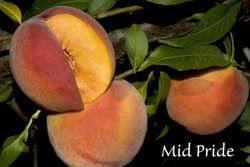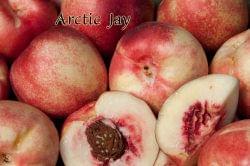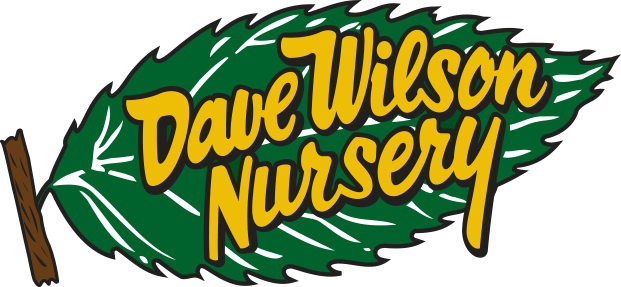We sell our products to retail nurseries, garden centers, container growers who sell to landscape contractors and retail nurseries, mail order nurseries, and anyone else who qualifies. We do not accept direct sales to consumers.
For Home Orchards
As climates and wet weather vary, so do outbreaks of waterborne fungal and bacterial diseases. A general rule is to avoid sprinkling foliage—apply water directly to the root zone. In dry climates with warm nighttime temperatures, wash foliage monthly to help unclog pores and deter some insects, but remember, washing is not a substitute for good irrigation practices.
Zones established by the USDA indicate how much winter cold a plant can tolerate. Cold hardiness is greatly enhanced if moisture is adequate but not excessive. In many cases, however, the key adaptability question is whether a fruiting plant will tolerate a hot summer.
Realizing that heat was an equally determinant factor for plant success, the American Horticultural Society collected climatic data and published a heat zone map. This map is based on the average number of days over 86°F in a given region. Excepting Pacific coastal climates, the hottest summer zones correlate approximately to hardiness zones 8 and higher.
Both of these bits of knowledge are useful in purchasing plants. If the tag reads Zone 4-7, assume the warmer zones 8-10 are missing because the plant suffers in extreme summer heat. Shade may offer some relief but will not remedy heat intolerance. If a plant is recommended for USDA hardiness zones 5-9, you can predict the plant will take both cold and heat.
Reference:


